The Misunderstood Art of Marie Laurencin
Her lively, outré, and undeniably feminine take on cubism set her apart from her modernist peers.
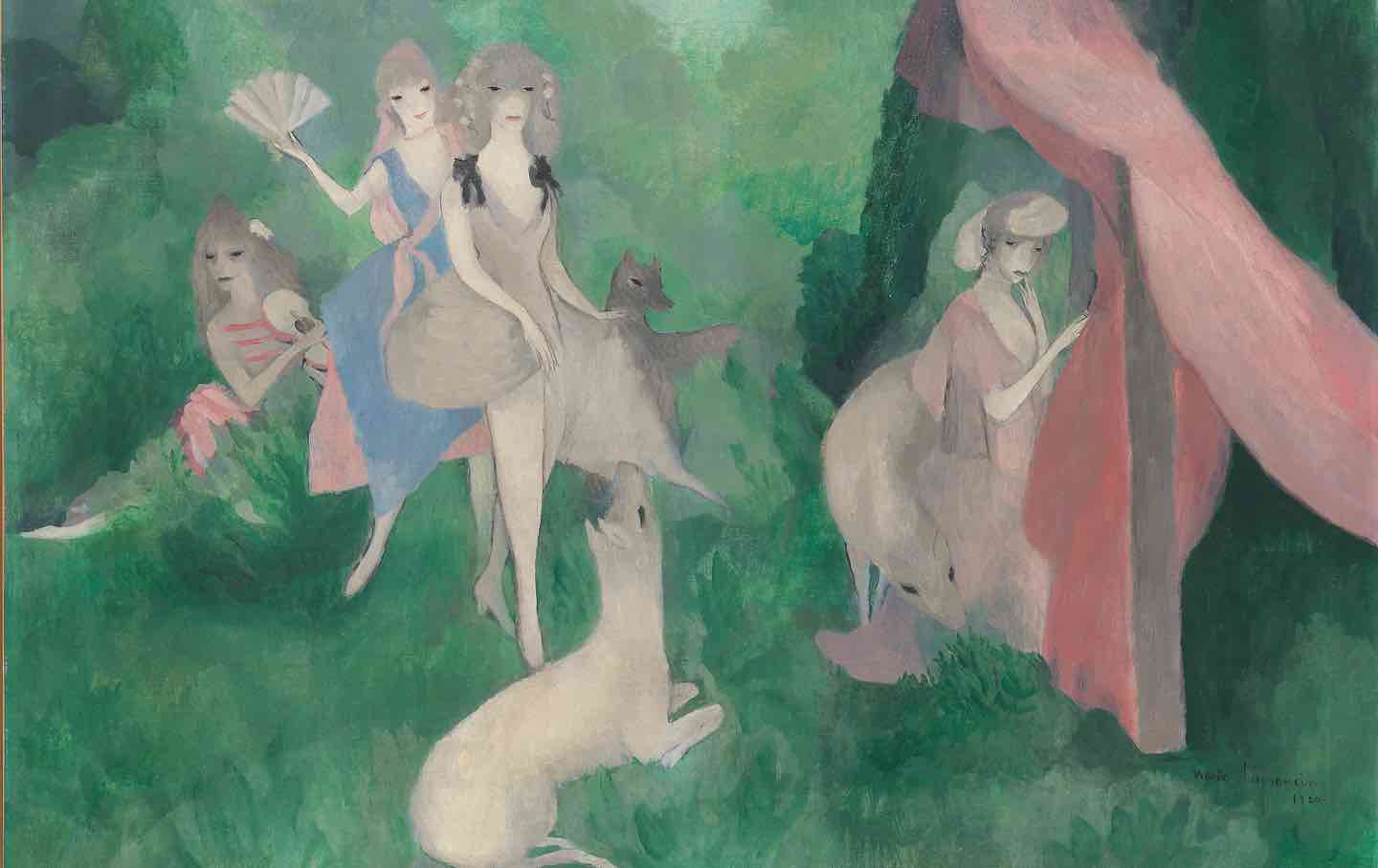
Marie Laurencin, Women in the Forest (Femmes dans la forêt), 1920.
(Courtesy of Fondation Foujita / Artists Rights Society (ARS), New York / ADAGP, Paris)
Marie Laurencin was a star of French avant-garde painting in the decades before World War II. She sold pieces to the famed collector Albert C. Barnes and was represented by Paul Rosenberg, the dealer for Braque, Matisse, and Picasso (who was also Laurencin’s personal friend). She was invited to take part in landmark modernist displays, including the “Cubist House” at the 1912 Salon des Indépendents, and appeared in surveys of contemporary French art organized by the Museum of Modern Art. In 1949, the French state recognized her contributions to national culture by making her an officer of the Légion d’Honneur.
Yet, after her death in 1956, Laurencin’s international celebrity waned. Her gender made it easier to exclude her name from the roster of modernist pioneers canonized in the postwar era. It also did not help that there was something soft, even girlish, about Laurencin’s take on Cubism. Her portraits of willowy women, tinged with pinks and baby blues, fared poorly in an art market in thrall to the machismo of the ascendent New York School. Helen Frankenthaler, one of the few women accepted into the Abstract Expressionist inner circle, was indeed so cautious about deploying Laurencin’s “boudoir pastels,” as she termed them, that she joked that a 1962 painting made in homage to Laurencin should be retitled Warning to Lady Painters.
Toward the end of the century, Laurencin’s frilled femininity found new skeptics. To second-wave feminist artists and art historians, her work appeared too saccharine and hackneyed to be celebrated as revolutionary, and she lost a chance for wider rediscovery and celebration. A new retrospective, “Marie Laurencin: Sapphic Paris”—organized by the Barnes Foundation, and now in its second and final stop at Ohio’s Columbus Museum of Art—claims just the opposite, arguing that Laurencin and her art have been underappreciated and misunderstood. Drawing heavily on her romantic and sexual biography, curators Simonetta Fraquelli and Cindy Kang reintroduce Laurencin to US audiences as a pioneering queer artist and renegade heroine of “sapphic modernism.”
As the show highlights, in addition to being a fixture of the interwar Paris art scene, Laurencin was a familiar face in its lesbian underground. Born in 1883, she had open affairs with women in her 30s, and by her 40s was a regular guest of the salons and cabarets frequented by “sapphists,” as women with same-sex inclinations were then known. Though Laurencin’s most famous love affair was with the poet Guillaume Apollinaire, her longest relationship was with her housekeeper, Suzanne Moreau, whom she adopted several years before her death (a way to guarantee Moreau familial rights in a time before gay marriage). In Fraquelli and Kang’s retelling, Laurencin’s participation in lesbian circles was essential to her practice, and it is only by reading her art through a queer lens that we can truly see and appreciate its force and excitement.
The exact meaning of the term “sapphic modernism” takes a while to unravel. This is in part because the most obvious evidence in support of Laurencin’s painterly queerness—her near-exclusive focus on female figures—is something of a red herring. Laurencin did “place women at the center of modern art,” as the curators assert, but so too did many other professional women artists of the 19th and 20th centuries. One could make a similar claim of Laurencin’s precursors, Berthe Morisot and Mary Cassatt, or her contemporaries, Tamara de Lempicka and Suzanne Valadon. Indeed, a large number of the pieces exhibited by the interwar French Society of Modern Women Artists—a collective that included Laurencin, Lempicka, and Valadon—were updated takes on classic female visual motifs, Madonnas adapted to the modern age and its mass politics. What’s more, for many members of the society, choosing female subjects was a means of working within the sexual and social status quo. In a period when pronatalism was at the top of the French political agenda, what was more saleable than a woman artist paying homage to maternity?
As becomes clear across the exhibition, what marked Laurencin as unique was not her distaste for painting men. (She did occasionally dabble in the male form, as the portraits of Rosenberg and Picasso included in the show illustrate.) Rather, her work stands out from that of even her more subversive peers in its slippery evasion of all things masculine. When you look at the work of Valadon, who began her career as an artist’s model, you get the sense that she set out to prove that anything her former clients could do, she could do better: a thigh for a thigh, a breast for breast. Her art was praised for its “virility,” and her series of female nudes are as explicit as any fantasized by the libidinal male gaze. There is likewise a spirit of confrontation present in the paintings by Lempicka. She captured female sitters, including friends and lovers (she too was a sapphist), at an exaggerated scale and in richly saturated hues and icicle-sharp lines; her subjects become severe, imposing, and untouchable. Nothing could be further from the world of Laurencin. If Valadon and Lempicka painted in light rebuttal to the patriarchy, creating women capable of confronting or upending its expectations, Laurencin painted in avoidance of it. She invited her audience to retreat into the sparkly intimacy of a girl’s room, a dreamland where women are all pretty and coquettish, and figures of all genders are painted in a muted rococo palette of powdery pinks, blues, and greens, as if a Fragonard or Boucher were put through the rinse cycle. (“She uses so much white,” one dealer exclaimed of her process.)
By “centering women,” Fraquelli and Kang mean something both more subtle and more compelling than a mere emphasis on female bodies. Laurencin painted in a visual grammar scaffolded around the feminine, the female “other” promoted to the status of norm, Adam hewn from the rib of Eve. She also codified a style that pointed to the capaciousness of women’s sexual identities and proclivities. In an era when queerness was still associated by many with sexual and gender inversion—the lesbian understood as an intrinsically masculine woman—Laurencin called attention to the figure of what we might today term the “femme.”
A collection of self-portraits included in the show demonstrates that Laurencin did not immediately arrive at her signature sapphic style. Though raised by a working-class mother, she received the benefits of an upper-class education (bankrolled by her estranged father) and spent her early 20s testing out different modes of painting at the famous Académie Humbert. The oldest self-portrait on view, completed around 1905 during her student days, bears the unmistakable traces of Renaissance pose and Impressionist facture. It displays Laurencin at a three-quarter turn, her face and body articulated in gauzy, layered brushstrokes. Wearing a high-necked, black-velvet dress with matching hair ribbon, an imperious smirk on her face, she could be the haughty younger sister of Morisot.
In a later self-portrait, from 1908, her interest in Impressionism and traditional perspective has waned. Shown face forward, her features flat and caricatured, Laurencin has adopted the folkish idiom of Henri Rousseau. A couple of years later, she was evidently in firm command of the even more abstracted style of Cubism. Woman With a Fan, a portrait (possibly of the artist herself) completed in 1910, presents a figure in fragments. Floating down a picture plane awash in deep blues, browns, and grays, the figure’s ovoid head is but loosely joined to her curved torso and braided hair.
By the dawn of World War I, Laurencin started to cut her Cubist arrangements with a dash of femininity and began distancing herself from the group. A standout from 1913, The Elegant Ball, or, The Country Dance, puts an eyebrow-raising twist on a familiar genre scene. The violinist playing the dance is female, as are the two dancers, locked in an embrace so tight that it is hard to tell which limb—articulated by teasing pairs of sinuous lines—belongs to which partner. Likewise difficult is discerning where the legs end and the backdrop begins, scored as the latter is with a crisscrossing grid that absorbs the canvas’s other shapes. The dancers hold each other, and the stage envelops the dancers, the ensemble a sensuous tangle of interlaced bodies.
It is unclear why Laurencin parted ways with the Cubists for good. Was it because she grew disillusioned with the group after her 1913 breakup with Apollinaire, the man responsible for coining the term “Cubism”? Or was she simply ready, on the cusp of her fourth decade, to assert more aesthetic independence? “As long as I was influenced by great men, I could do nothing,” Laurencin said of her early career in a 1923 interview. Whatever the case, her distance from the Cubists became greater in the throes of war. A hasty, and ultimately unhappy, marriage to a German aristocrat and artist led to Laurencin’s naturalization as a German citizen, and she was eventually labeled an enemy national. (According to French law at the time, French women lost their nationality upon marriage to a foreigner.) She spent World War I in Spain and Germany, her spirits lifted by occasional visits from her new lover, the Parisian fashion designer Nicole Groult. A self-portrait from 1917, The Prisoner II, tracks both the advance of Laurencin’s art abroad and her despair at being forced out of her home: Caught behind a gauzy curtain decorated in a chainmail pattern, she is a fairy princess trapped by the two-headed monster of marriage and expatriation.
After the armistice, Laurencin began hatching plans to divorce her husband and reinstate her French citizenship. By 1921, she had taken up residence in Paris once more and announced her return to the art world with a solo show at Rosenberg’s gallery. And as the exhibition showcases, it was in the years surrounding the Great War that Laurencin hit her creative stride, making beautiful stage sets and costumes for the Ballets Russes and some of her most accomplished and fantastical paintings. The compositions made between 1919 and the mid-’20s present a veritable feast of homoeroticism. In addition to using an exaggeratedly feminine color palette and staging her female subjects in evocative stances, Laurencin inserted more direct allusions to sapphism.
As Rachel Silveri outlines in the exhibition catalog, Laurencin returned again and again to the motif of female friends, taking advantage of the linguistic “uncertainty” of the French amies, used to describe both platonic and romantic couplings. Her compositions also included female deer, creatures known as les biches, a French slang term for lesbians. In one of her most famous paintings, Women in the Forest (1920), a mythical garden party is celebrated by a troupe of deer and women. At center, three women flirt with two deer, while at right, a pairing of one woman and one doe withdraws behind a door frame hung with a diaphanous, blush-toned drapery evocative in shape and hue of a far more intimate body part. A similar pink fabric frames the subjects of The Shepherdesses (1922), who stand close together around an excitable ewe, nipping playfully at one of her mistress’s ivory arms. In a second dance-themed painting from 1919, titled simply La Danse, Laurencin presents an intimate ball attended by women and a girlish poodle. Once more, a light-rose cloth is present, unfurling at the corner of the dance floor like a flag of allegiance to all things female.
In La Danse, as in nearly all of the genre scenes on view, the subjects possess a remarkable sameness of feature and silhouette, different only in their hair color and style of dress. More notable, the same types of faces and bodies repeat in Laurencin’s self-portraits and in commissioned pictures representing widely distinct personalities, from Coco Chanel to American cosmetics impresario Helena Rubenstein. Was Laurencin just building her painterly brand, molding all of her subjects, real and imagined, to the contours of her own stylized mode of representation? Or was her insistence on homogeneity, her reduction of all women to roughly the same set of attributes, another clue pointing to her particular sexual desires—emphasizing the artist’s attraction to other beings made in her own image?
The answer probably lies somewhere in the middle. Laurencin was as canny a marketer as she was a libertine, and though she may have dreamed up her femme universe for the sake of her queer community, she was willing to let outsiders of all genders and persuasions join in for the price of admission. Within the contested category of women’s painting, Laurencin created a quietly rebellious formula for international commercial success—one whose tongue-in-cheek femininity complemented the more overtly feminist approaches to figurative painting taken by other women of her generation. The retrospective does a brilliant job of celebrating Laurencin as a key figure of “sapphic Paris.” One hopes that future exhibitions will build upon it by saying more about her place within the adjacent world of “lady painters.”
Popular
“swipe left below to view more authors”Swipe →Disobey authoritarians, support The Nation
Over the past year you’ve read Nation writers like Elie Mystal, Kaveh Akbar, John Nichols, Joan Walsh, Bryce Covert, Dave Zirin, Jeet Heer, Michael T. Klare, Katha Pollitt, Amy Littlefield, Gregg Gonsalves, and Sasha Abramsky take on the Trump family’s corruption, set the record straight about Robert F. Kennedy Jr.’s catastrophic Make America Healthy Again movement, survey the fallout and human cost of the DOGE wrecking ball, anticipate the Supreme Court’s dangerous antidemocratic rulings, and amplify successful tactics of resistance on the streets and in Congress.
We publish these stories because when members of our communities are being abducted, household debt is climbing, and AI data centers are causing water and electricity shortages, we have a duty as journalists to do all we can to inform the public.
In 2026, our aim is to do more than ever before—but we need your support to make that happen.
Through December 31, a generous donor will match all donations up to $75,000. That means that your contribution will be doubled, dollar for dollar. If we hit the full match, we’ll be starting 2026 with $150,000 to invest in the stories that impact real people’s lives—the kinds of stories that billionaire-owned, corporate-backed outlets aren’t covering.
With your support, our team will publish major stories that the president and his allies won’t want you to read. We’ll cover the emerging military-tech industrial complex and matters of war, peace, and surveillance, as well as the affordability crisis, hunger, housing, healthcare, the environment, attacks on reproductive rights, and much more. At the same time, we’ll imagine alternatives to Trumpian rule and uplift efforts to create a better world, here and now.
While your gift has twice the impact, I’m asking you to support The Nation with a donation today. You’ll empower the journalists, editors, and fact-checkers best equipped to hold this authoritarian administration to account.
I hope you won’t miss this moment—donate to The Nation today.
Onward,
Katrina vanden Heuvel
Editor and publisher, The Nation
More from The Nation
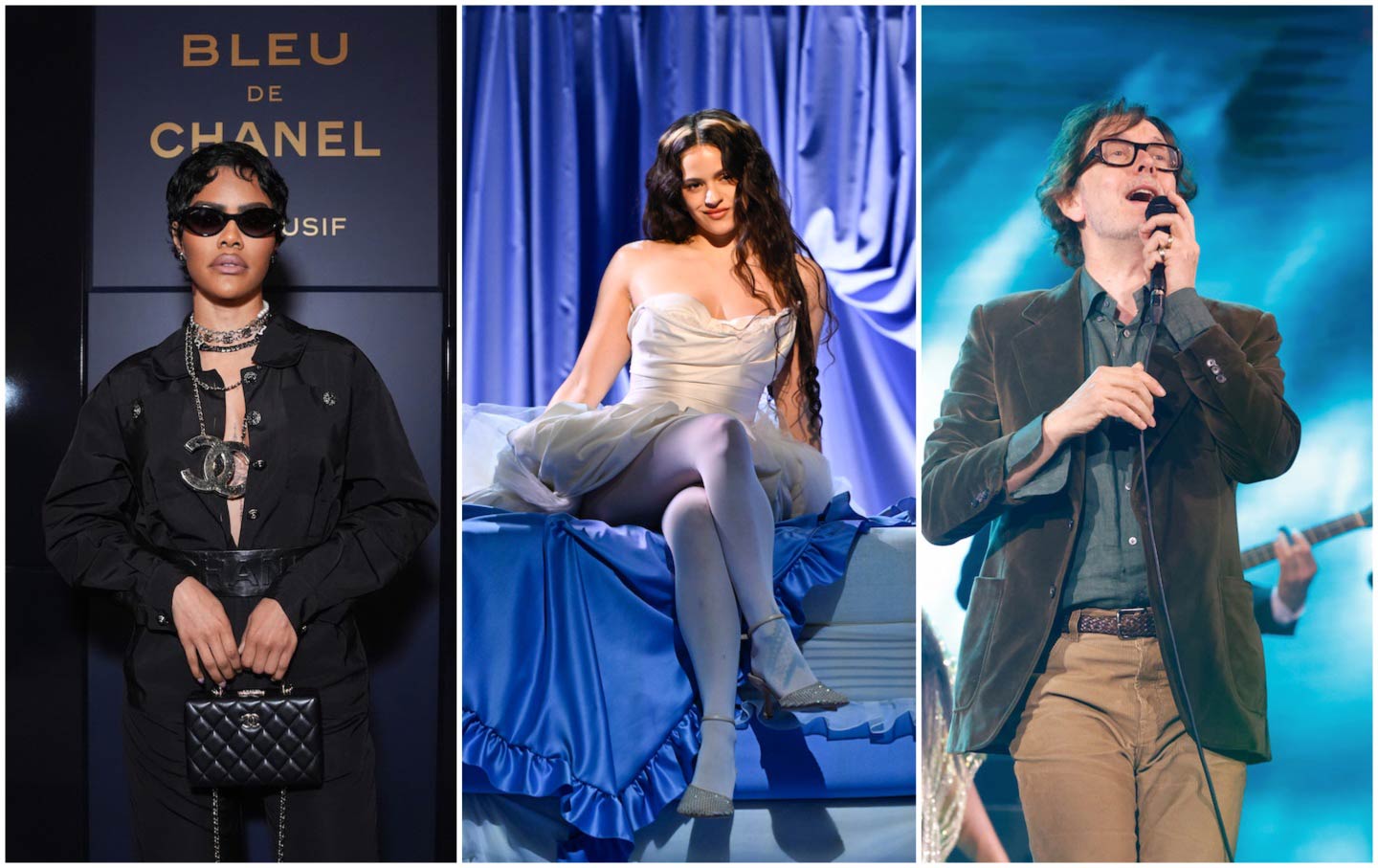
The Best Albums of 2025 The Best Albums of 2025
From Mavis Staples to the Kronos Quartet—these are our music critic’s favorite works from this year.

Forrest Gander’s Desert Phenomenology Forrest Gander’s Desert Phenomenology
His poems bridge the gap between nature’s wild expanse and the private space of one’s imagination.
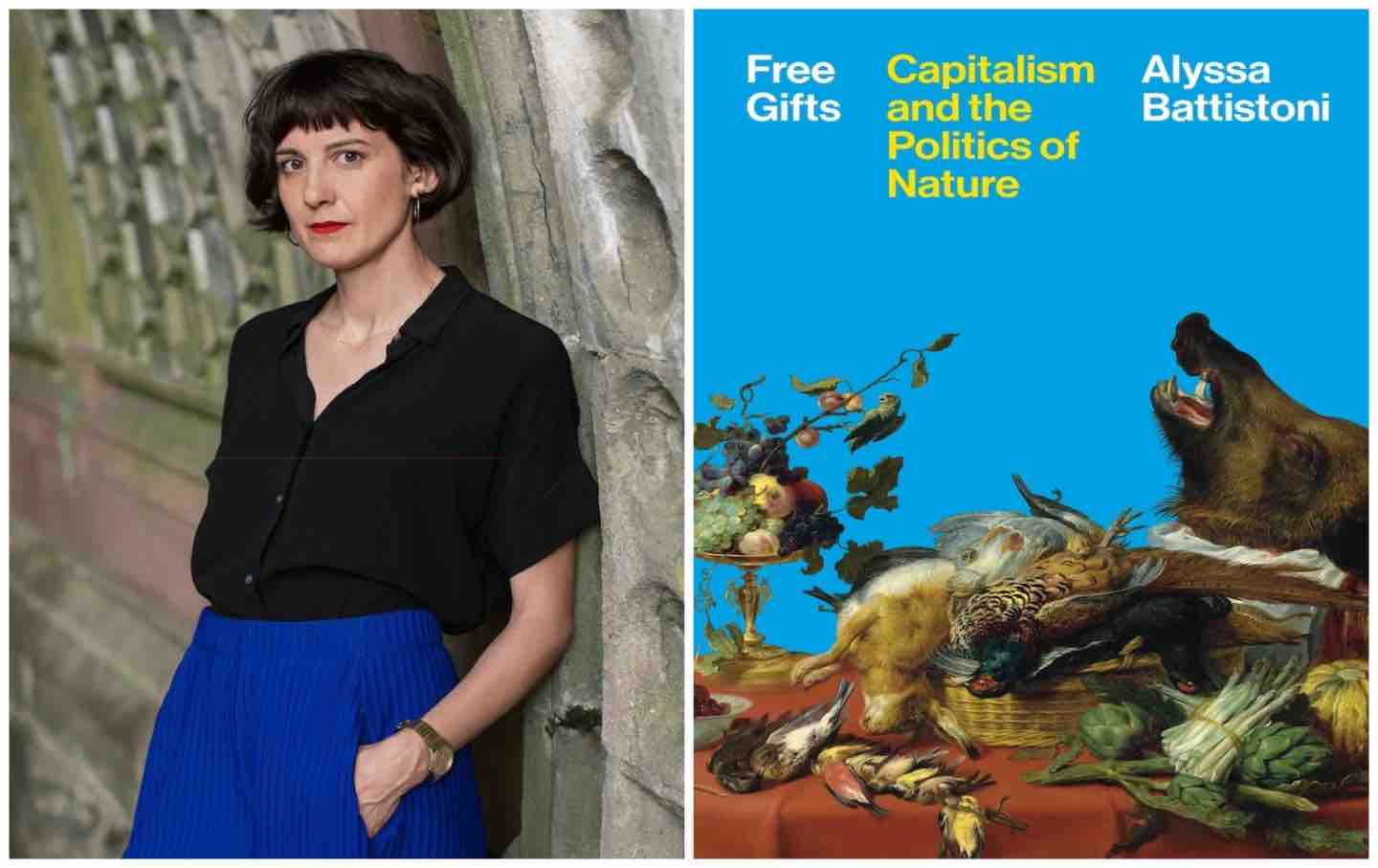
Capitalism’s Toxic Nature Capitalism’s Toxic Nature
A conversation with Alyssa Battistoni about the essential and contradictory nature of capitalism to the environment and her new book Free Gifts: Capitalism and the Politics of Nat...
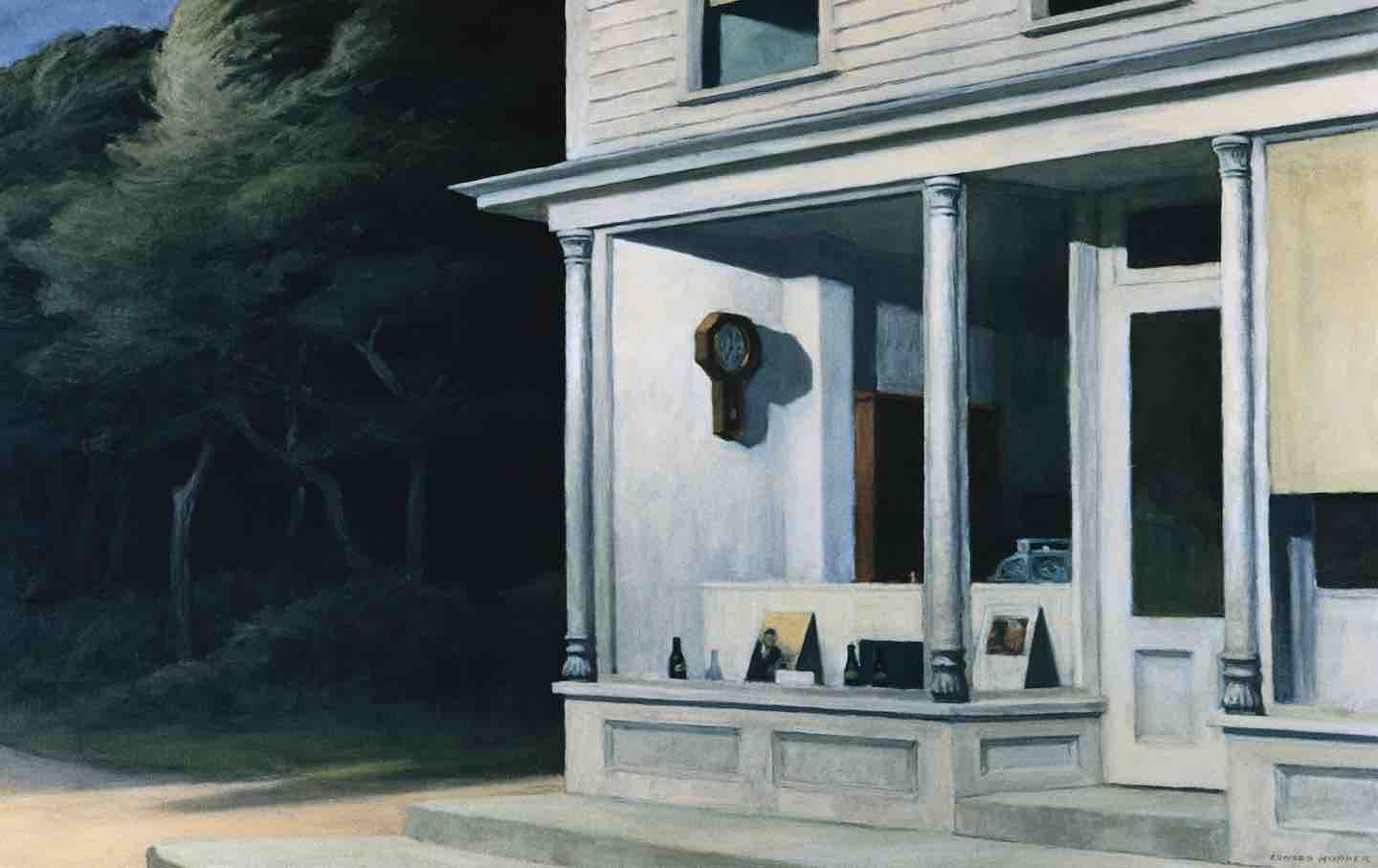
Solvej Balle and the Tyranny of Time Solvej Balle and the Tyranny of Time
The Danish novelist’s septology, On the Calculation of Volume, asks what fiction can explore when you remove one of its key characteristics—the idea of time itself.
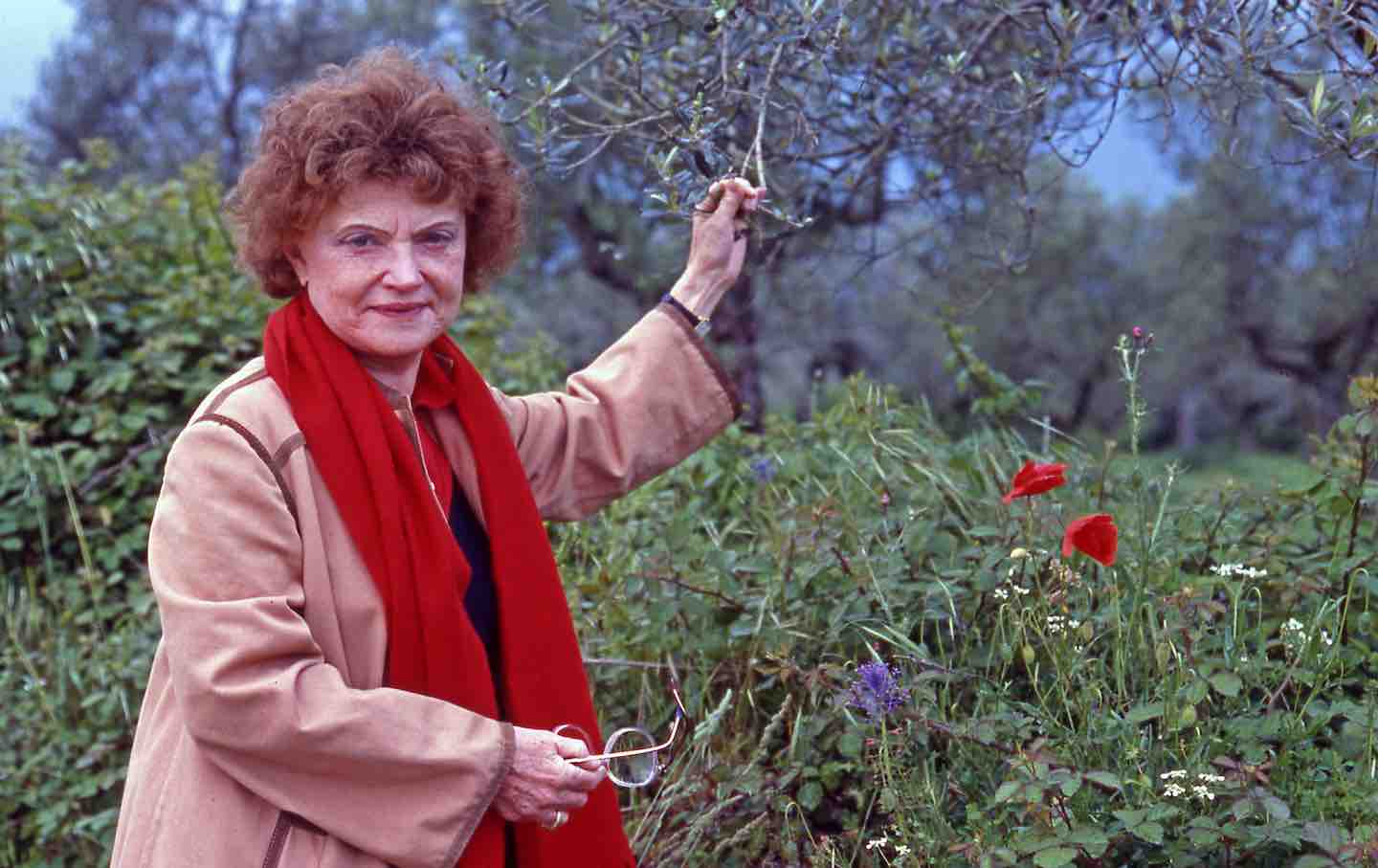
Muriel Spark’s Magnetic Pull Muriel Spark’s Magnetic Pull
What made the Scottish novelist’s antic novels so appealing?
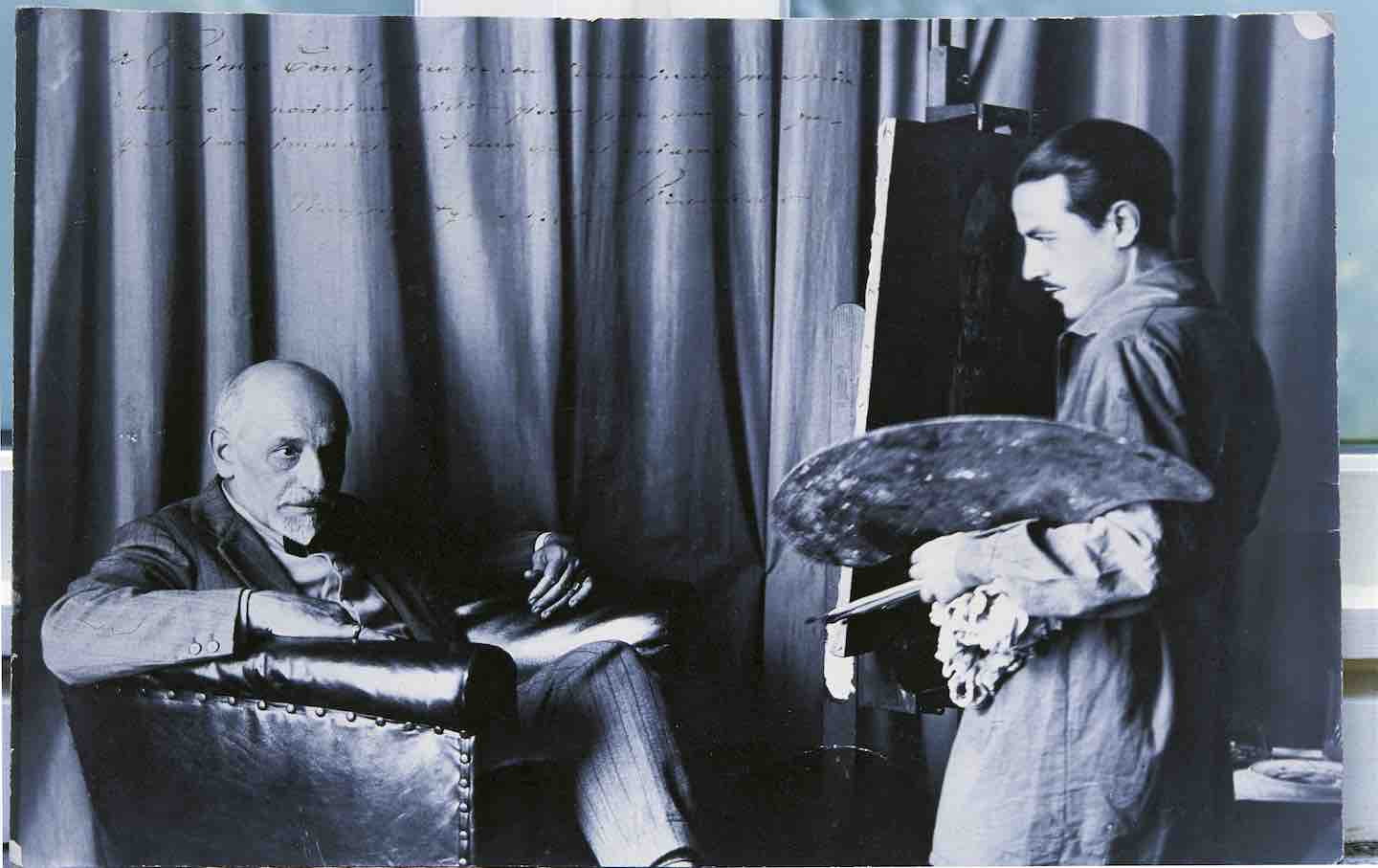
Luigi Pirandello’s Broken Men Luigi Pirandello’s Broken Men
The Nobel Prize-winning writer was once seen as Italy’s great man of letters. Why was he forgotten?


